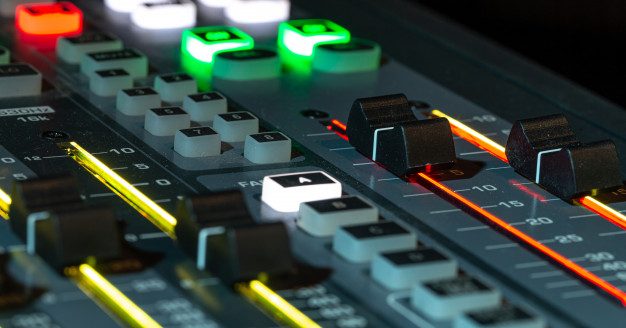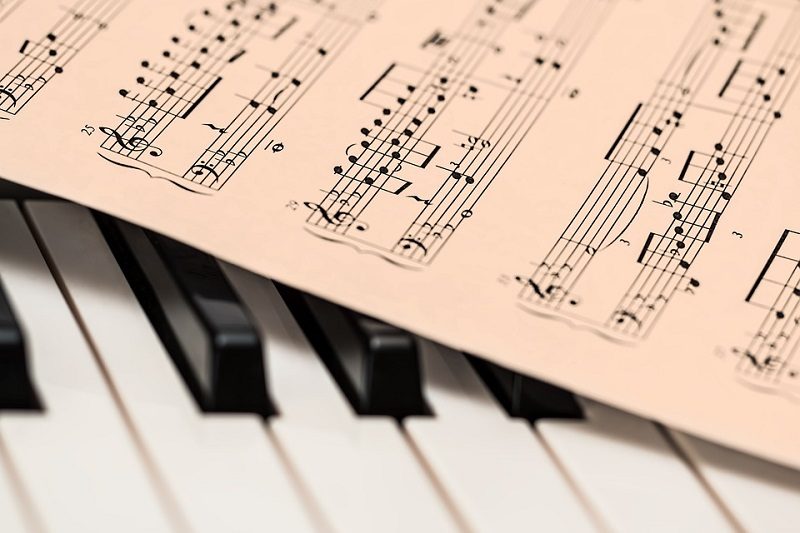It’s totally possible to earn money with your original music. Aside from live performances and physical merch, most artists depend on streaming revenue, royalties, and music publishing as the main source of income from their music. But knowing exactly how the music royalties work isn’t always easy.
music
Lo-fi music has taken on tons of different meanings in recent years.
The term low-fidelity once referred just to the quality of a sound signal.
Especially, a sonic signal of a poorer quality—usually one produced by cassettes.
However today, the grainy, warbling sound that got here from tape recordings and cassettes has given birth to an entire genre of music and production style.
Lo-fi music now refers to an entirely instrumental brand of sample-based hip-hop beat production—and its sprawling community of beatmakers, listeners, and live streaming playlists.
The genre has exploded in popularity over the few years past, especially on YouTube.
So that you might be keen on learning more about the new genre. Especially, if you want to create lo-fi tracks of your own.
In this article we’ll have a look at everything there’s to know about lo-fi music—the music theory behind it, the different production techniques used to make it, and where to get the most effective lo-fi samples.
Keep reading to explore more tips about how to write great melodies in your song.
How to write great melodies
Here’s 3 crucial tips to write great melodies:
In this post, we’ll show you what melody is, why they stick in your brain and the tools you need to write them.
But first, think of your favourite song.
What part of it sticks out in your memory? The chord progression? The bassline? It’s probably the melody.
Melodies are the most important part of a song that make people remember your songs. But they’re also the hardest to write.
Coming up with great melodies is challenging because it seems like everything has already been done before. Don’t worry, it’s simply not true.
There’s a universe of incredible new melodies out there. You just have to know how the music theory works and then know how to find them.
Rhythm is one of the fundamental aspects of music theory.
To make great harmonies and melodies you should know how rhythm works and how it is used in your tracks.
Rhythm can get difficult very quickly, but if you learn a few simple concepts it’s not as hard to understand as you may think.
In this guide, we’ll unpack everything you need to know about rhythm and start applying rhythmic or polyrhythmic concepts in your creative process.
You’ll know how we subdivide rhythms in music, how time signatures work, and how to begin understanding compound and odd time.
One of the most important parts of music theory is the time signatures which is a great way to feel the beat.
Time signatures are the first thing a musician looks for on a piece of sheet music before playing a note.
But if you are just a beginner, you may find it difficult to understand what time signatures are.
Understanding what the numbers mean behind the strange fraction-ish looking symbols can be difficult.








